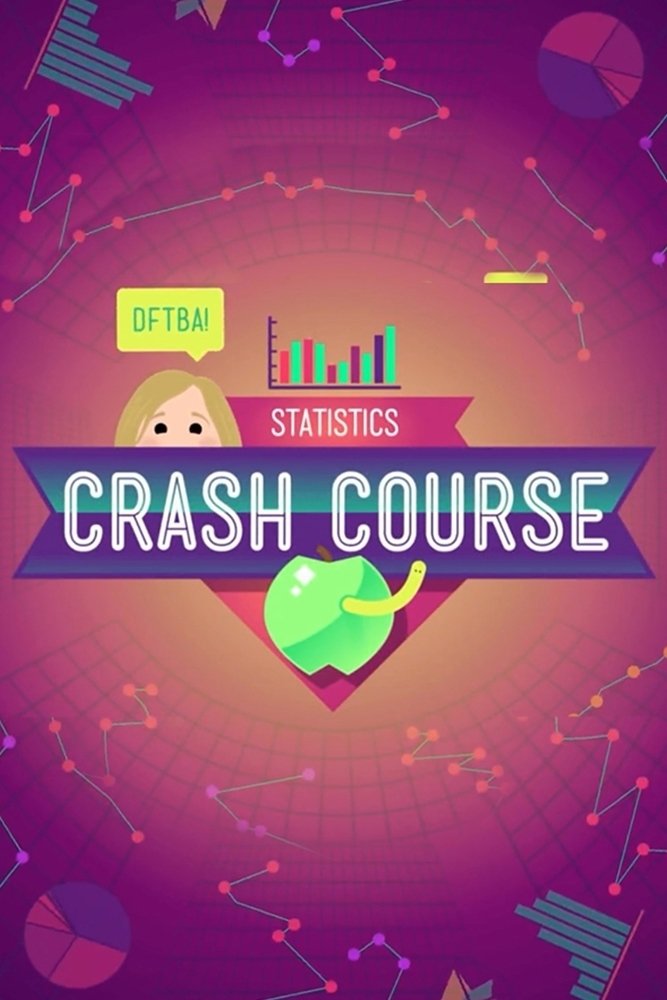
oday we’re going to talk about numeracy - that is understanding numbers. From really really big numbers to really small numbers, it's difficult to comprehend information at this scale, but these are often the types of numbers we see most in statistics. So understanding how these numbers work, how to best visualize them, and how they affect our world can help us become better decision makers - from deciding if we should really worry about Ebola to helping improve fighter jets during World War II!